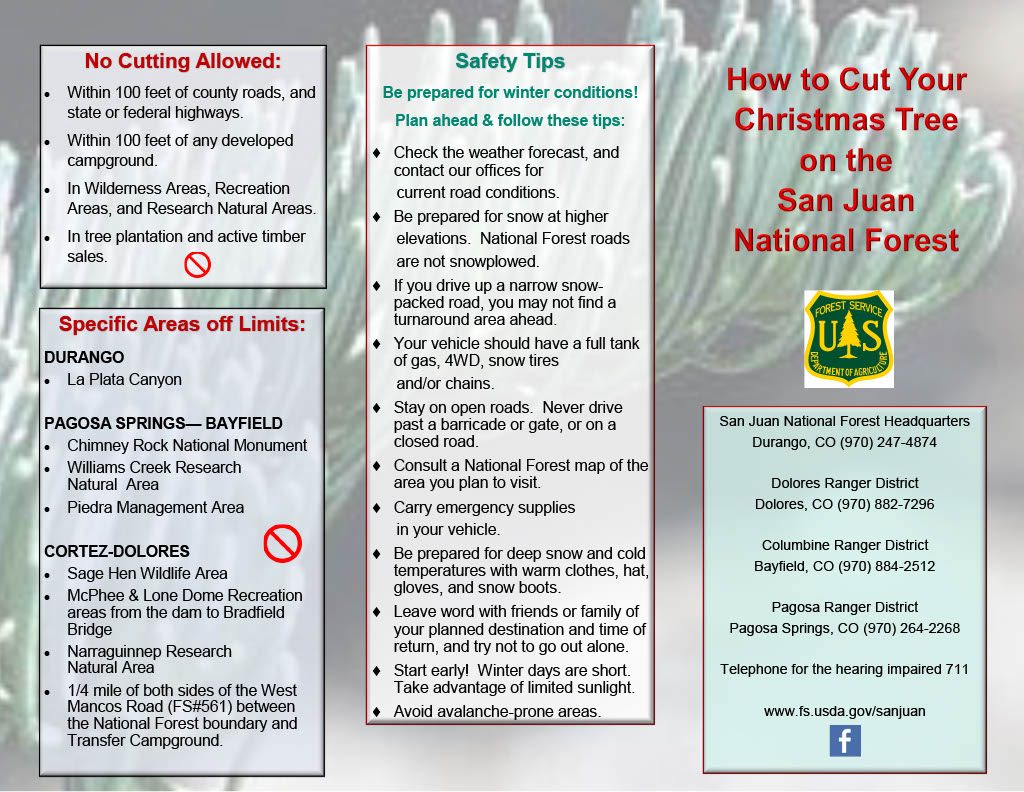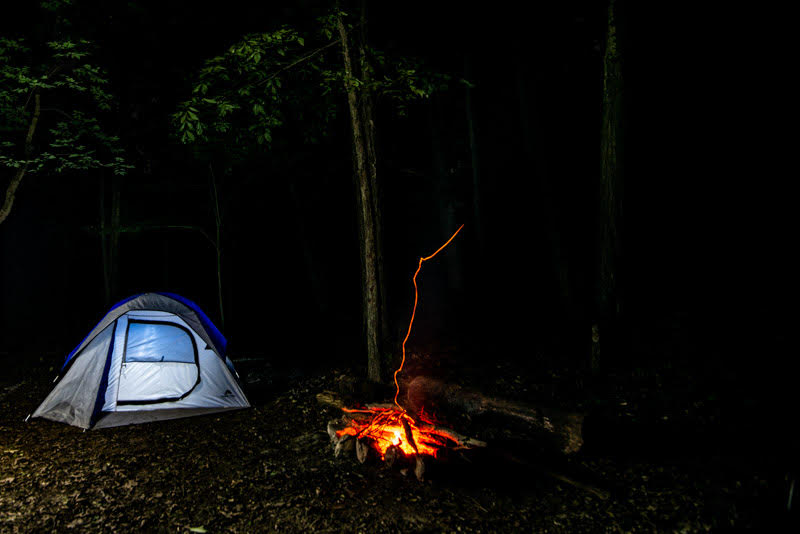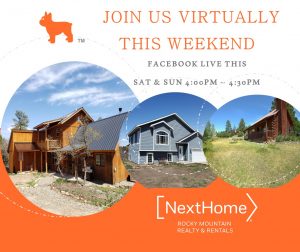The past few weeks have been quite dry in Pagosa Springs, but luckily we are able to escape to the mountain where there is always a place for fun!
Our local ski resort has been blessed with 27 inches of fresh snow in the latest storm leaving us 13 inches of fresh pow in the last 24 hours. Blue skies are upon us today, resulting in powder packed and extensively groomed bluebird conditions. Year-to-date snow fall is currently residing at 251″
Wolf Creek Pass is located approximately 24 miles South East of Pagosa Springs in the beautiful San Juan mountains. A 30-40 minute drive from your new potential home! If you are looking to buy a home in Pagosa and start living the mountain life or continue your journey here, Wolf Creek is a perfect place to dip your toes (or edges) into some fun and experience an exciting life here.
If your family is new to skiing/riding and you are looking to have an out of body experience, Wolf Creek offers group or private lessons and rentals at an excellent price. Check out their website wolfcreekski.com to plan a trip.
This Sunday, February 6th Wolf Creek will be hosting a special event: A Fun Race! Race your friends or just challenge your own fastest time. Free and open to skiers and boarders of all ages and abilities. Sign up is from 9:30am to 10:30am in the Raven’s Nest building and the race is from 11am to 1pm on Charisma run.
If you are looking to buy a home in this sweet little town, make sure to check out the properties we have available on our website. Becoming a local has its benefits, such as access to local day rates at both Wolf Creek Pass and the Hot Springs located on the river through town. We have a lot of fun out here, and you could too! Make sure to tie in both of those places to your visit to get the full experience of winter in Pagosa. All four seasons are a blast!
Make sure to check back next week for more events and updates here in beautiful Pagosa.













